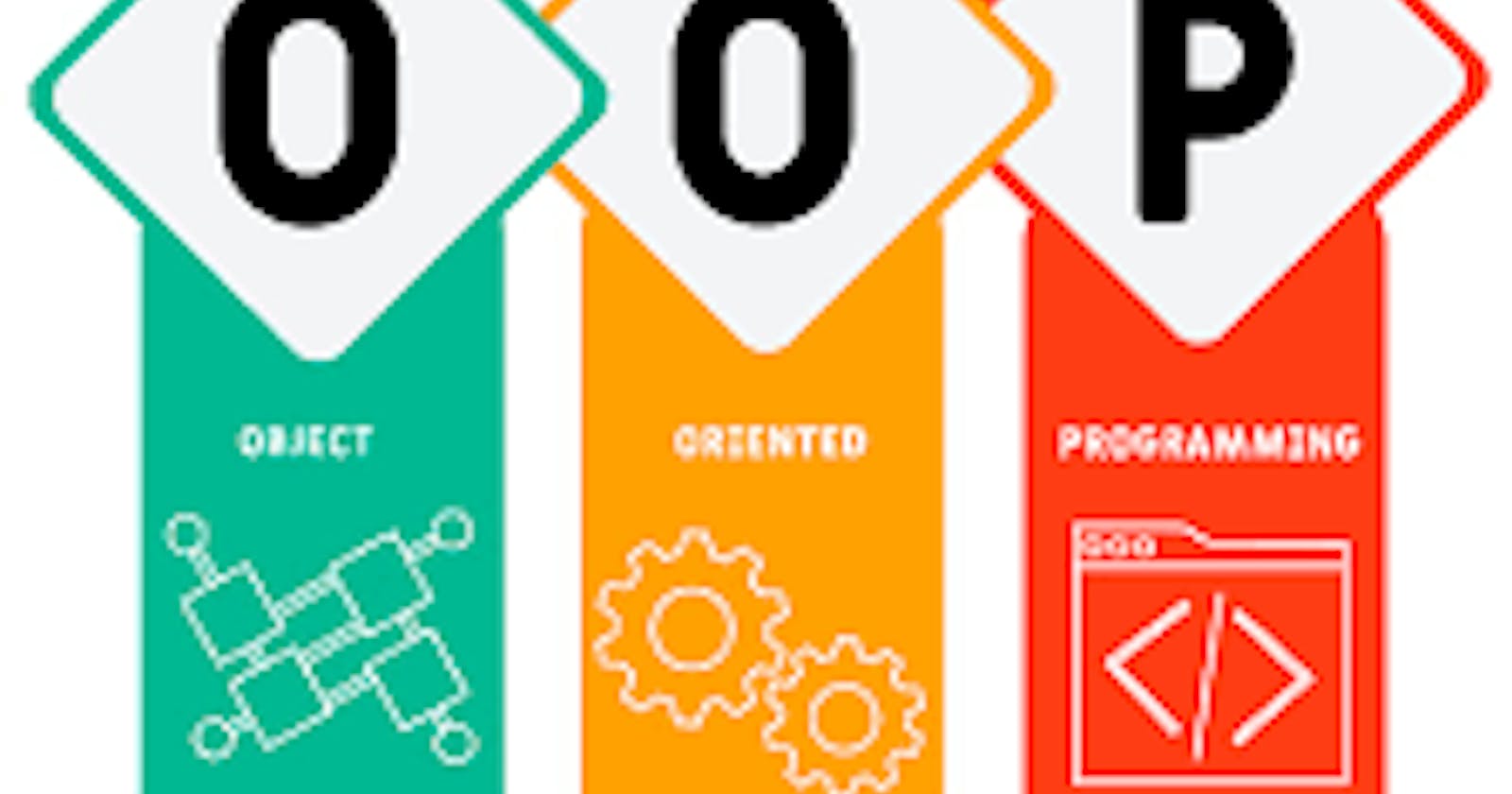Object-oriented programming (OOP) is a programming paradigm that is based on the concept of "objects" which can contain both data and methods. OOPs has the following key concepts:
Encapsulation: The process of hiding the implementation details of an object from the outside world and exposing only the necessary information through interfaces or methods.
Inheritance: The ability of one class to inherit the properties and methods of another class. This allows for code reuse and the creation of a class hierarchy.
Polymorphism: The ability for an object to take on multiple forms. This is achieved through the use of interfaces and abstract classes, which allow objects to be treated as instances of a more general class.
Abstraction: The process of reducing complexity by hiding unnecessary details and focusing on the essential characteristics of an object.
Classes and objects: A class is a blueprint for an object. An object is an instance of a class and has its properties and methods.
Data hiding: OOPs support the ability to hide class data by making it private. This ensures that the data is not tampered with by external code and can only be accessed through the class's methods.
Dynamic binding: Objects are linked to their corresponding classes at runtime, which allows for the flexibility of changing the behavior of an object at runtime.
Message passing: In OOPs, objects communicate with each other by sending and receiving messages. This allows for the encapsulation of behavior within objects and promotes loose coupling between objects.
Overall OOPs allows for the creation of reusable and maintainable code by creating objects that model real-world entities and their interactions.
